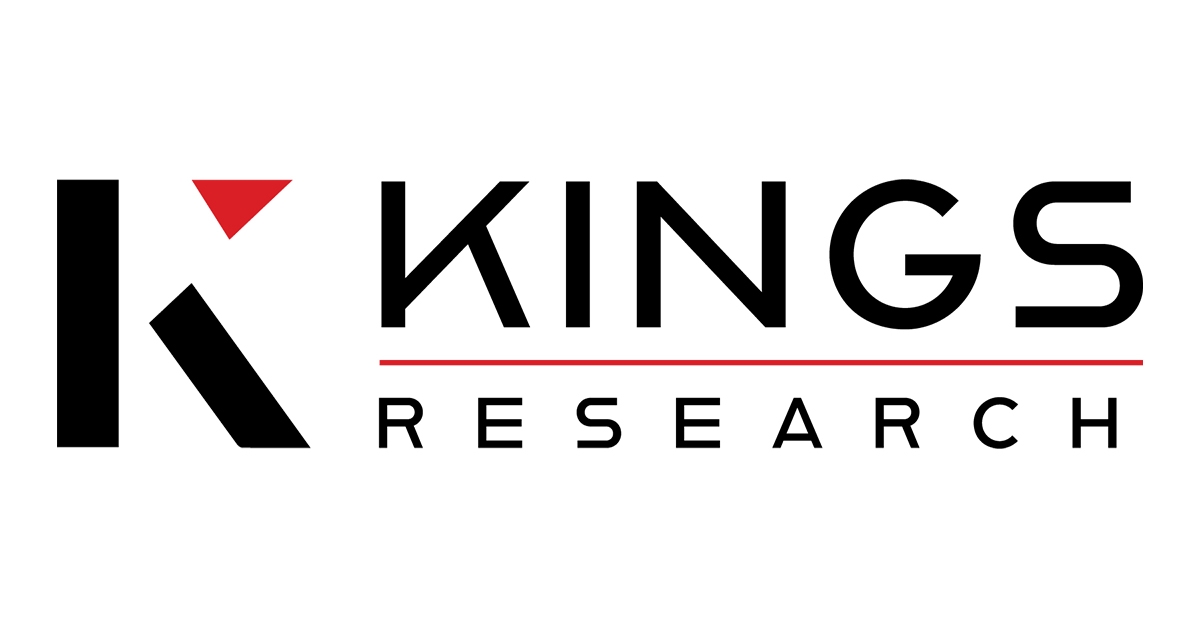Key Trends Shaping the Erythrosine Market Through 2031

The global erythrosine market was valued at USD 40.75 million in 2023 and is expected to grow to USD 42.06 million in 2024, reaching USD 54.03 million by 2031, with a CAGR of 3.64% during the forecast period. This growth is driven by rising demand in food, pharmaceuticals, and cosmetics, where erythrosine is widely used as a coloring agent to enhance product appeal and differentiation.
Market Growth and Trends
The expansion of the erythrosine market is primarily fueled by rising demand in the food and beverage industry, where it plays a crucial role in enhancing the visual appeal of products such as candies, baked goods, and beverages. Consumers are increasingly drawn to aesthetically appealing food items, prompting manufacturers to incorporate synthetic color additives like erythrosine to attract buyers. Additionally, the pharmaceutical industry relies on erythrosine as a coloring agent in tablets, syrups, and diagnostic reagents, contributing to market growth. The cosmetic sector is another key driver, using erythrosine in products like lipsticks and eye shadows to create bold, striking hues that appeal to consumers.
Demand Dynamics
With the rising demand for processed and packaged foods, coupled with expansion in the pharmaceutical and cosmetic industries, the need for synthetic color additives like erythrosine has surged. Its ability to provide stable and consistent red pigmentation makes it a preferred choice in the food industry. In pharmaceuticals, erythrosine is essential for differentiating medications and improving patient compliance. Meanwhile, the cosmetic industry benefits from its bright, long-lasting color properties, which enhance the appeal of various beauty products.
Full Report Now: https://www.kingsresearch.com/erythrosine-market-1465
Key Companies in Erythrosine Market:
- Macsen Labs
- Thermo Fisher Scientific Inc.
- Ajanta Colours
- vizagchemica.com
- ROHA Group
- MEGHA INTERNATIONAL
- Univar Solutions LLC
- Dynemic Products Ltd.
- Sigma-Aldrich Co. LLC
- sunfoodtech
- Kolorjet Chemicals Pvt Ltd
- Jagson
- Matrix Pharma Chem
- Rung International
- Sensient Colors LLC
Market Segmentation
The erythrosine market is categorized based on type and end-use industry.
By Type:
- Liquid Erythrosine: This form is predominantly used in liquid food and beverage products due to its ease of incorporation and uniform color distribution.
- Powdered Erythrosine: Preferred for applications that require precise color concentration, such as baked goods and dry mixes, where it allows accurate dosing without altering texture.
By End-Use Industry:
- Food and Beverages: Extensively used to enhance the color of confectionery items, processed foods, and beverages.
- Pharmaceuticals: Serves as a coloring agent in tablets and syrups, aiding in identification and improving user compliance.
- Cosmetics: Used in lipsticks, eyeshadows, and other beauty products for its vibrant and appealing color properties.
Regional Analysis
North America holds a substantial share of the erythrosine market, largely due to its advanced food and pharmaceutical industries that prioritize the safe use of additives and colorants. The region benefits from a well-established healthcare infrastructure and continuous investments in food and pharmaceutical sectors. Regulatory agencies such as the FDA also support the continued use of erythrosine in select applications, further boosting its market presence.
Asia-Pacific is expected to experience the fastest growth during the forecast period. Rapid urbanization and changing dietary patterns have driven the demand for processed and packaged foods, increasing the need for color additives like erythrosine. Manufacturers in China and India are ramping up production to meet industry requirements, further fueling market expansion.
Regulatory and Environmental Concerns
Despite its widespread usage, erythrosine has come under scrutiny due to potential health risks. Studies suggest a possible link between erythrosine and health concerns such as thyroid tumors and hyperactivity in children. These findings have prompted regulatory actions in some regions. For example, the European Union has banned erythrosine, and California is set to prohibit its use in food products by January 2027. The U.S. FDA is also evaluating a petition to revoke its approval in foods and drugs, citing carcinogenic risks observed in animal studies.
Environmental concerns further challenge the erythrosine market. Its high stability means residues can persist in the environment, potentially leading to ecological issues. As a result, regulatory bodies have implemented stricter manufacturing, application, and disposal guidelines. Additionally, the growing preference for natural and organic color alternatives is compelling manufacturers to explore plant-based and non-synthetic dyes, posing a challenge to the traditional erythrosine market.
Opportunities and Strategic Alliances
Despite the challenges, opportunities remain abundant in the erythrosine market. Strategic collaborations and joint ventures can help businesses expand their market reach and reduce production costs. Partnering with research institutions and technology firms can facilitate the development of safer and more sustainable production methods, addressing both regulatory and environmental concerns.
Global supply chain optimization can also ensure a steady supply of erythrosine for industries worldwide, unlocking new market opportunities. Collaborating with environmental organizations can promote eco-friendly practices, enhance corporate reputation, and improve regulatory compliance.
Conclusion
The erythrosine market is poised for continued growth, supported by its widespread applications in the food and beverage, pharmaceutical, and cosmetic industries. However, regulatory restrictions and environmental concerns pose notable challenges. Moving forward, companies must focus on sustainable production practices, comply with evolving regulatory frameworks, and innovate to meet the rising demand for safer and more natural alternatives. By doing so, the erythrosine industry can navigate its challenges while maintaining a strong presence in the global marketplace.
Browse Related :
The Future of Agritech in Japan: Machinery Driving Innovation in Smart Farming
- Questions and Answers
- Opinion
- Motivational and Inspiring Story
- Technology
- Live and Let live
- Focus
- Geopolitics
- Military-Arms/Equipment
- Ασφάλεια
- Economy
- Beasts of Nations
- Machine Tools-The “Mother Industry”
- Art
- Causes
- Crafts
- Dance
- Drinks
- Film/Movie
- Fitness
- Food
- Παιχνίδια
- Gardening
- Health
- Κεντρική Σελίδα
- Literature
- Music
- Networking
- άλλο
- Party
- Religion
- Shopping
- Sports
- Theater
- Health and Wellness
- News
- Culture

